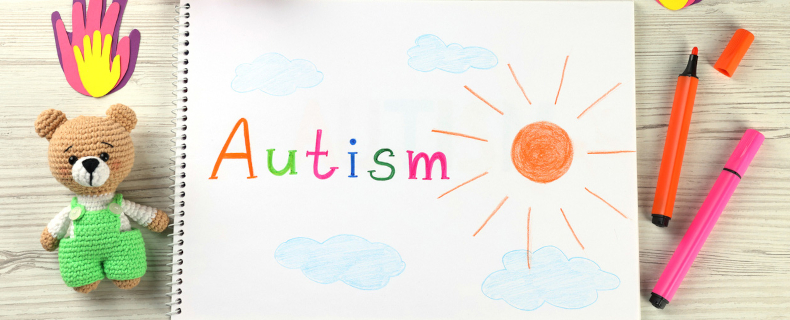
San Francisco and Marin CA
Tongue thrust is an oral health condition in which the tongue presses forward too far in the mouth, and it can impact the way a child breathes, eats and speaks. Sometimes, tongue thrust can be caused by a child’s long-term sucking of his or her thumb or a pacifier. It can also be caused by a tongue tie or allergies that then cause swollen tonsils and adenoids. But tongue thrust can also be caused by improper swallowing patterns, and, as our San Francisco family dentist explains today, it can be a sign of autism spectrum disorder (ASD).
What is ASD?
ASD is a life-long disorder involving developmental disability stemming from neurological dysfunction of the brain. About one in 54 children has been identified as having a disorder somewhere on the autism spectrum, according to data from the Centers for Disease Control and Prevention. Individuals living with ASD may experience issues with the ability to communicate or function in social situations, and they may have issues with general behavior.
Autism cases in recent years have climbed exponentially. Kids with autism now outnumber children affected by diabetes, AIDS, cancer, cerebral palsy, cystic fibrosis, muscular dystrophy and Down syndrome combined.
A pediatrician or psychologist most often makes ASD diagnoses, but oral health signs — specifically tongue thrust — can also signal ASD.
What is tongue thrust?
With tongue thrust, the tip of the tongue moves forward, pressing against the backs of the front teeth, causing what is known as an “open bite.”
Among the telltale signs that a child has developed the improper swallowing pattern known as tongue thrust:
- Visible tongue between teeth — The tongue peeks out between the teeth if a child is resting, eating or swallowing.
- Open bite — When the front teeth don’t meet when the mouth is closed.
- Mouth Breathing
- Slow, fast or messy eating or gagging often while eating
- Speech impediment — specifically a lisping sound when trying to pronounce s and z sounds.
How are Tongue Thrust and ASD linked?
Tongue thrust and other oral behaviors are considered examples of “stimming,” or repetitive movements or noises, which autistic children and teens often do as a coping mechanism during overwhelming situations. So while tongue thrusting can be common in children, it can also be indicative of a developmental delay such as ASD.
Individuals with developmental disabilities such as ASD are also more likely to engage in “bruxism,” or the unconscious clenching or grinding of teeth. Additionally, children with ASD are more likely to cause injury to themselves, which may result in broken or chipped teeth. According to studies, other oral habits that may indicate ASD include nail-biting or chewing on pens and pencils and mouth breathing.
Family Dentist in the Bay Area, CA
Having tongue thrust does not always mean a child has autism, but it’s a good idea to be aware of the possibility. Knowledge is power and can be helpful in how your child best receives attention and care during dental treatment. Our team at Glen Park Dental wants you and your child to have the best experience possible. Call our Bay Area family dentists at (415) 799-3900 to schedule an appointment today.


